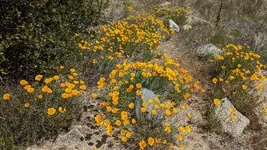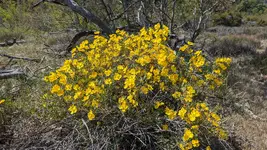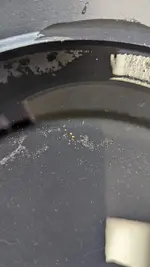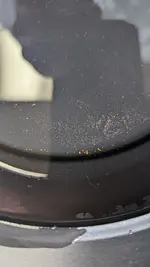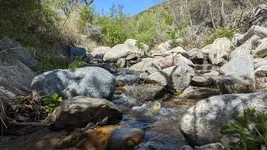1. Crosby Buckwheat: This plant, found in specific regions (Montana, Nevada, Oregon, Idaho), is known to grow in areas of altered rhyolite, which is often associated with gold or silver deposits.
2. Horsetail: While some claim horsetail can indicate gold, research suggests that the difference in gold content between plants on mineralized and unmineralized ground is not significant, making it less reliable as a specific gold indicator, according to The Great Outdoors Stack Exchange.
3. Sedge and Grasses: These plants, particularly those growing in moist areas, may be good indicators of areas where gold could be found, according to a video on YouTube.
4. Eucalyptus: Eucalyptus trees have been found to translocate gold from mineral deposits into their leaves.
5. Trumpet Plant: A plant with a swollen, trumpet-shaped bulb, mentioned in a video on YouTube.
6. Sagebrush and Wormwood: These shrubs are known to be responsive to concealed mineralization and may be useful in gold prospecting, according to the USGS Publications Warehouse.

